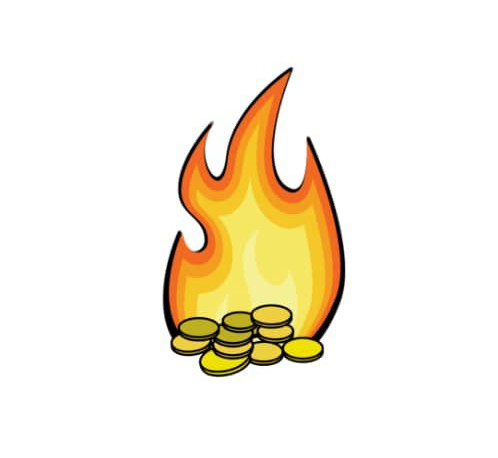To understand the concept of coin/token burn, one has to, first, understand the concept of law of demand and supply.
Scarcity is widely used economic concept that gives more value to a particular asset and in this case, cryptocurrency.
Coin burning can be said to be a way of permanently removing coins from circulation. This reduces the total supply.
It is likened to share buybacks by publicly owned companies, which reduce the amount of stock available.

Some crypto projects uses burn function while some, in actuality, are by sending token’s signatures into an irretrievable public address…this wallet address can be seen by all but is practically irretrievable forever.
Why Burn tokens/coins?
Deflationary measure
Burning is used predominantly as a mechanism of deflation to ensure that the value of the token doesn’t drop due to increased circulation from mining or new minting. This beats inflation. Lower supply usually means higher demand and, higher demand can drive the price of a token up.
Stabilizes the value of a coin and lower the volatility of its price.
This benefits both the project and the token holders; both the developers and investors.
Some projects use token burn to avoid spamming in transactions (Dados attack) there by providing some security.
Apart from stabilizing coin’s value and curbing potential price inflation, token burn gives investors a sense of confidence, reliability and trust on the project…example burning of unsold tokens after ICOs.
Typical example of burning of tokens by project:
Trust wallet team burned 89 billion TWT ($2,301,540,000 USD worth) or roughly 99% of the total supply to reduce the total supply to 1 billion TWT.
I really hope this is helpful for both old and new members
Cheers.
MICROBE